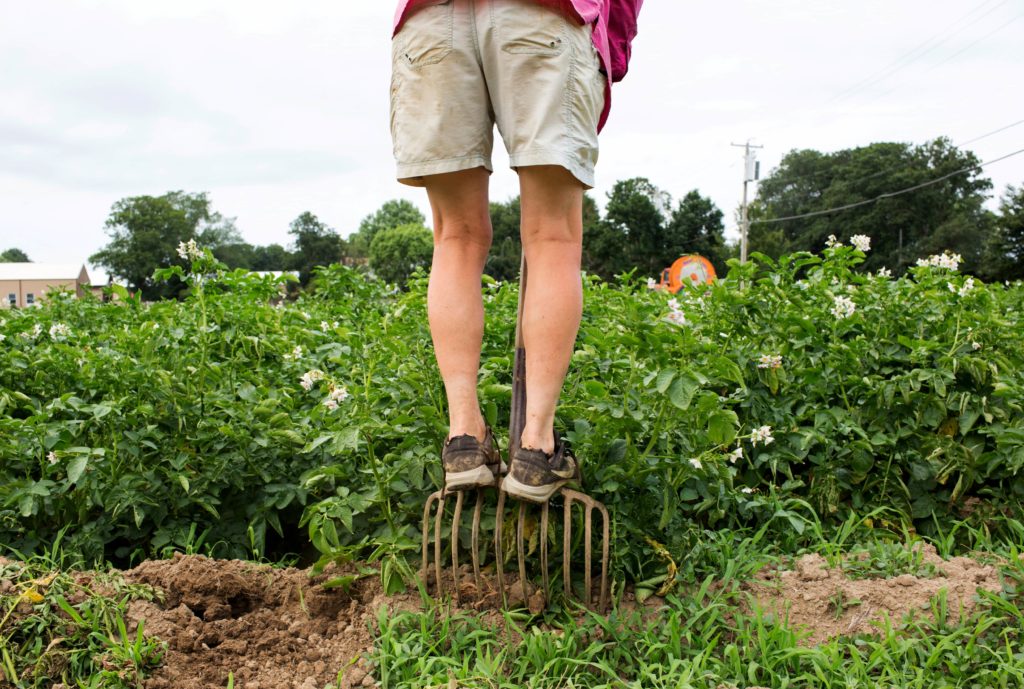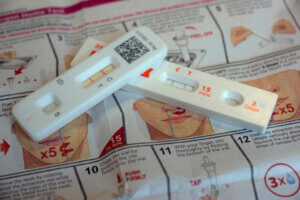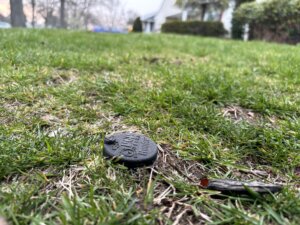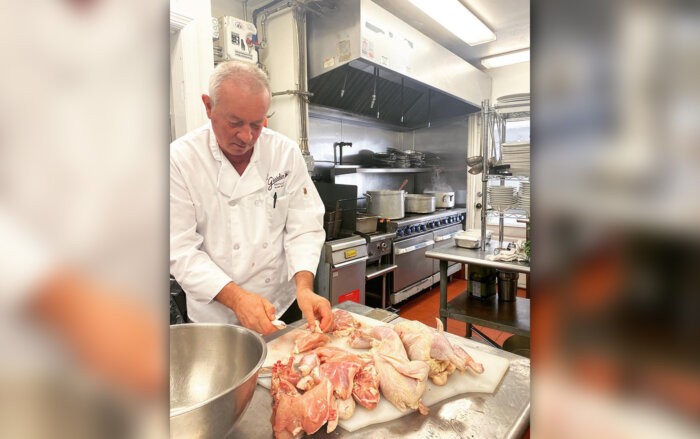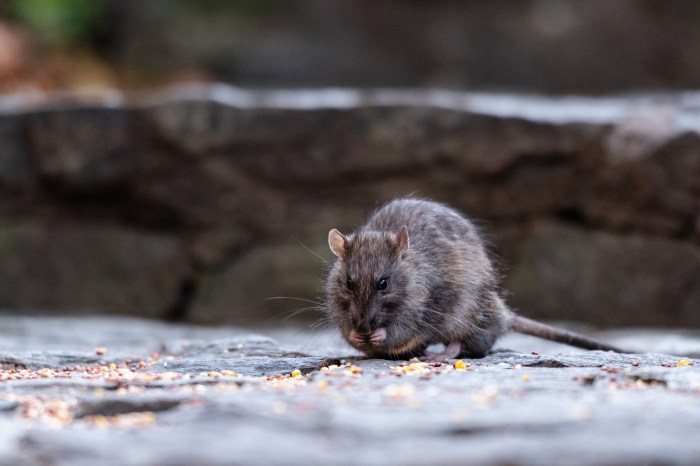Bob and Mark Van Bourgondien of CJ Van Bourgondien Greenhouses in Peconic were gearing up for their peak sales season with high hopes and good weather when the pandemic hit.
Instead of a rush of flower sales, they had to shut their doors. And they’re not alone in the experience on the North Fork, the heart of Long Island’s agricultural industry.
“Early spring really hurt us because we were considered essential,” Bob Van Bourgondien says. “Then it was reneged.”
While farms that supply food were kept open as essential businesses, flower growers selling ornamental plants like CJ Van Bourgondien were shut down along with restaurants and offices.
“April, May is usually 85 percent of our business,” Van Bourgondien says, noting the company instead reopened later when it would otherwise be closed. “By June 1, we’re usually closing down.”
Farmers always worry about the weather’s impact on the harvest, but this year COVID-19 decimated some sales and increased worker risks.
“In some instances, growers had to dispose of the whole crop,” Robert Carpenter, administrative director of the Calverton-based Long Island Farm Bureau, said of lilies, tulips and other plants. “They basically had to throw them away.”
COVID CUTS
While hospitality industry closures made headlines, farmers felt a big ripple effect that attracted less attention. Ironically, agriculture is at once an essential and an endangered industry.
Suffolk County agriculture in 2017 generated $225 million in gross sales with minimal agriculture in Nassau County, according to Carpenter.
“We have such productive soil on Long Island and a wonderful climate,” Suffolk County Legislator Al Krupski (D-Cutchogue), who also operates a 65-acre vegetable farm, says. “We can grow almost anything.”
While soil and sun cooperated, the shutdown of restaurants and lockdowns had the effect of a financial and healthcare hurricane. Crescent Duck Farm cut production and still hasn’t ramped up to regular levels.
“I’m used to these barns being full,” says Douglas Corwin, the farm’s co-owner, adding he still keeps 20 percent of the original breeding stock levels.
Crescent, Long Island’s last duck farm, is processing at 25 percent of standard and in a month will barely be up to 50 percent.
CULTIVATING SAFETY
Farms tried to adapt to COVID-19 as a healthcare crisis. Crescent instituted morning temperature checks for all employees and spent $60,000 on COVID-19 modifications, including plexiglass/stainless steel barriers that meet USDA standards and avoid rust.
A farm in upstate Oneida County and an apple packaging plant in Oswego County experienced outbreaks, although no such outbreaks have been reported on LI.
“As a business, you need to protect your workers,” Krupski says. “There’s a pragmatic approach. The growers that I know are very conscious of their workers’ health, not just COVID-19.”
Emma Kreyche, director of advocacy, outreach, and education for the Worker Justice Center of New York, says farm workers sometimes didn’t receive proper protective gear and may live in crowded quarters.
“A lot of people are not getting tested,” Kreyche says. “They’re afraid of what will happen if they test positive. They won’t be able to work.
“It’s challenging to figure out how to stay in business and stay safe,” says Southold Town Councilwoman Sarah Nappa, who co-owns Anthony Nappa Wines in Peconic. “We can’t open a lot of wine to taste because we’re not going to get enough customers.”
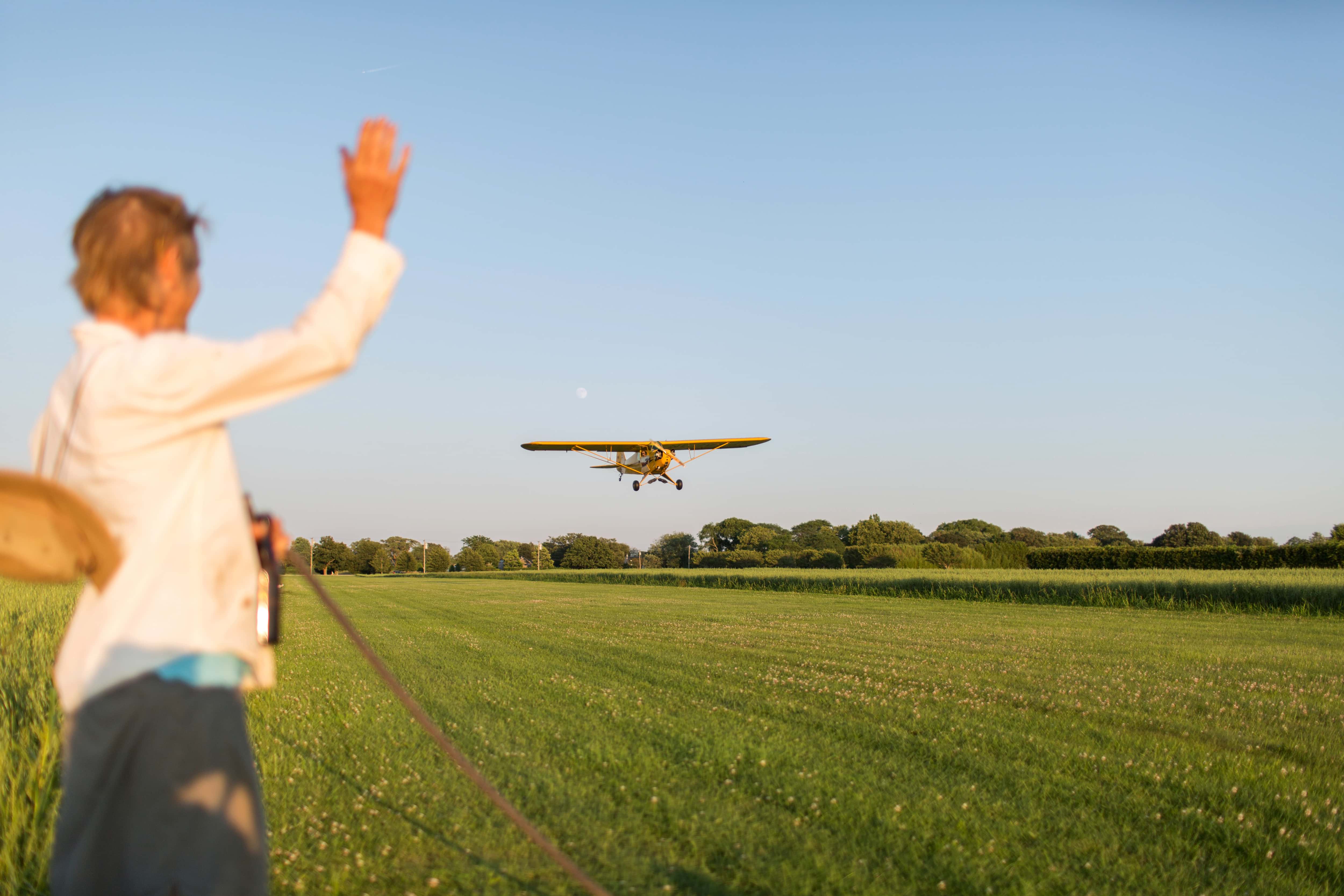
RECOMMENDATIONS, NOT REGS
New York State passed COVID-19 guidelines for farms, which Kreyche said is a good move, but different from “enforceable health and safety requirements” and whistleblower protections.
“It took over two months for the state to publish guidelines for agriculture, which was a step in the right direction,” Kreyche adds. “These are recommendations without an enforcement mechanism.”
The state issued recommendations for fall crops such as pumpkins. The guidance includes reduced capacity, mask requirements, and social distancing on both pick-your-own vegetable and fruit fields as well as hay rides and corn mazes. Petting zoos are not permitted.
“If you’re growing something, they want you to come in and pick it, but not stay there and listen to music,” Krupski says.
FARM STANDS
Even if COVD-19 had a frosty effect, fresh fruit and vegetable sales at farm stands and farmers markets are doing well.
“Both locals and people from further west came to our farm stand because they wanted to get out of the house and didn’t want to go to the supermarket,” says Phil Schmitt, co-owner of F&W Schmitt Family Farm in Melville.
Second-home owners contributed to the economy, Corwin adds.
“The saving grace for many restaurants out here was that they were able to do takeout,” he says. “Same thing for wineries.”
Garden centers bought more plants locally than from out of state, because trailers might need to be traced or managed for COVID-19, Bourgondien says.
And CJ Van Bourgondien Greenhouses, like some others, got a potentially forgivable loan through the Paycheck Protection Program and locked down many payments on March 1, minimizing damage.
FARM FUTURES
Many farmers partially rebounded, but have not returned to business as usual. Crescent laid off 70 of its 84 employees, but is back to about 70.
“I’m fearful for Manhattan, but I’m not worried about the future,” Corwin says. “We have to buckle down and keep moving forward. We’ll survive. We adapt, looking for different markets.”
Krupski and some others are gearing up for pumpkin picking for Halloween amid good pumpkin weather. Some farms became more innovative and environmentally friendly. Crescent, for instance, is working on a halal brand to capture a different demographic.
“It’s important to use this time to make new investments,” Corwin says. “This is an opportunity. We’re not out here thinking about going out of business.”
For more business coverage, visit longislandpress.com/category/business



